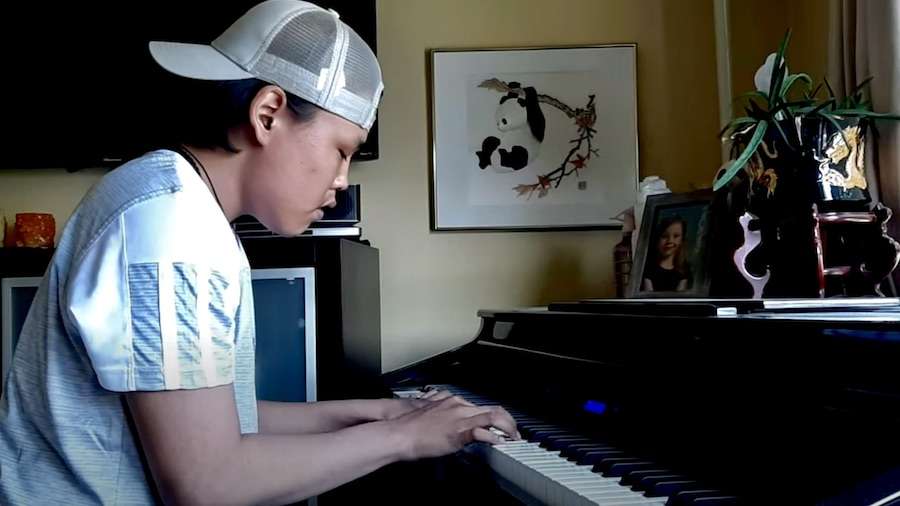Growing Through Practice, Mentorship, and Passion
By Tony Eetak
Pilimmaksarniq is the art of becoming, one brushstroke, one note, one lesson at a time. It’s not just about mastering a skill—it’s about becoming through observation, mentoring, and the quiet grind of practice. In the world of art, it’s about watching others, soaking in their movements, learning through their eyes, and then creating your own rhythm.
This value celebrates the journey of growth—the moments of uncertainty and triumph, the mentor who challenges you to push harder, and the late nights spent refining your craft. Every mistake is just another step, a mark on the page that shows you’re learning. It’s about resilience, not perfection.
For artists, Pilimmaksarniq is the fire that fuels their creativity. It’s in the way you shape your hands around the tools of your craft, how you mold the world around you through trial and error. The beauty is in the process—in every stroke and every note, you build something deeper than technique: you build yourself. And as you grow, so does the whole community, sharing in the evolution of art.








